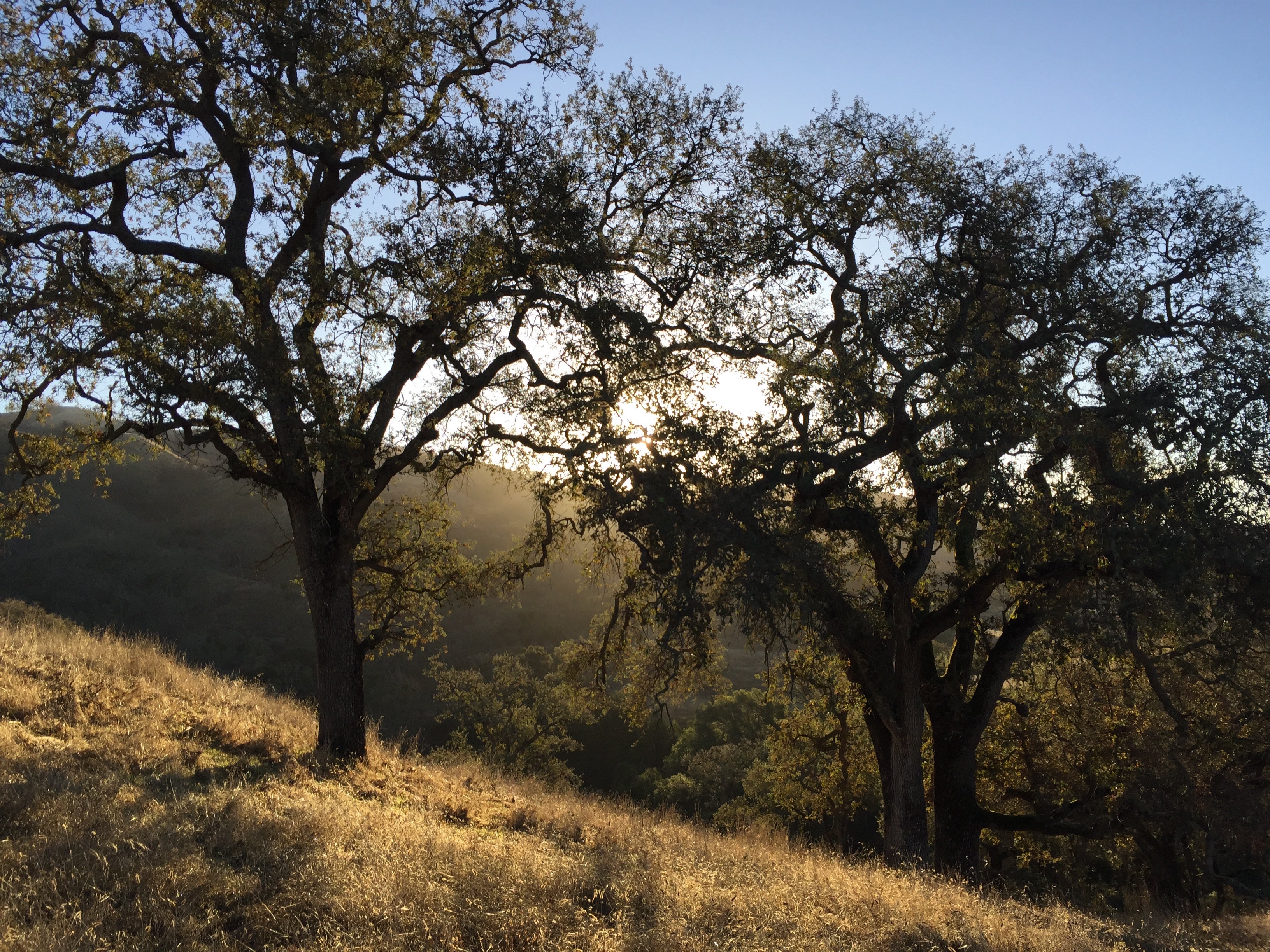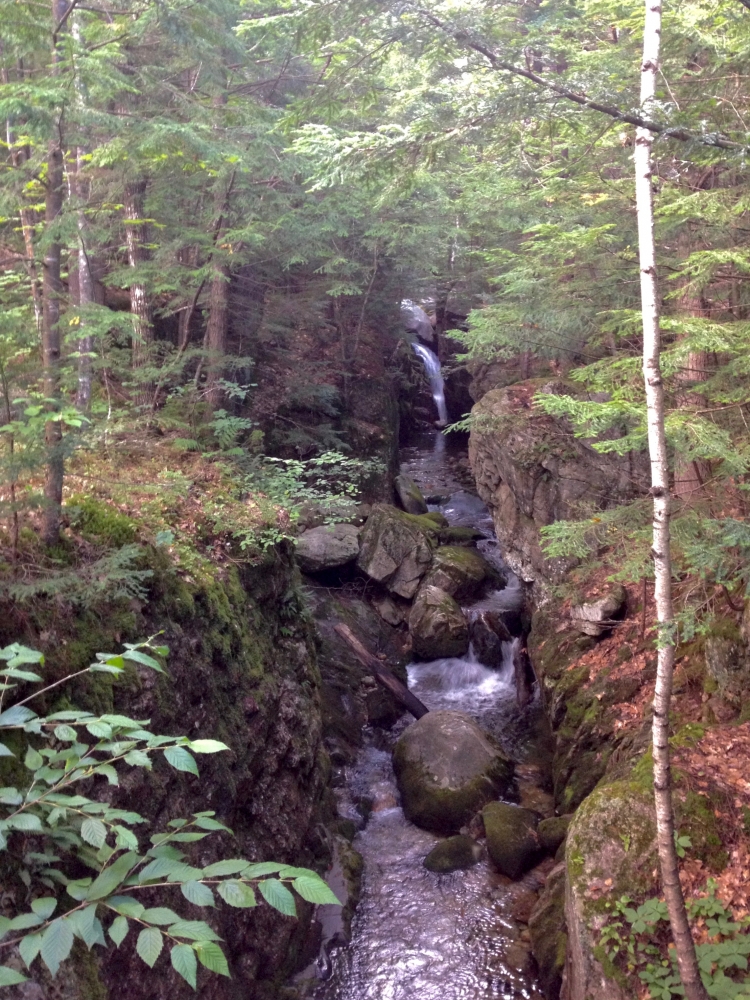
Changing Forests

As the climate is changing, so too are the world’s forests. From the misty redwoods in the west to the Blue Ridge forest of Appalachia, many sylvan ecosystems are adapting to drier conditions.
Using the U.S. Forest Service Forest Inventory and Analysis database, researchers at UC Santa Barbara, the University of Utah and the U.S. Forest Service have studied how the traits of tree communities are shifting across the contiguous United States. The results, published in the Proceedings of the National Academy of Sciences, indicate that communities, particularly in more arid regions, are becoming more drought tolerant, primarily through the death of less hardy trees.
To understand what might be driving changes in the ability of forests to cope with climate change, the scientists considered two main physiological traits: a species’ average tolerance to water stress and how close this was to its maximum tolerance (essentially how much wiggle room it had when dealing with water stress).
“We basically put a number on what species composition means in terms of their ability to deal with water stress,” said lead author Anna Trugman, an assistant professor in UC Santa Barbara’s Department of Geography.
Fortunately for the team, the U.S. Department of Agriculture tracks tree species, size and abundance in more than 160,000 forest plots randomly distributed across the country. What’s more, the U.S. Forest Service Forest Inventory and Analysis database includes over 200 different types of ecosystems ranging from dry pinyon pine forests to cypress swamps, and Atlantic hardwood forests to the temperate rainforests of the Pacific Northwest.
Trugman and her colleagues matched the traits they were interested in to the species abundance in these plots. Then they used this to calculate a weighted average value for the community of trees in each plot, which essentially corresponded to the community’s drought tolerance. Since these plots are surveyed every five to 10 years, the scientists could track shifts in community trait composition and relate these to tree mortality, recruitment and climate.
There are two ways a community can become more drought tolerant: Less hardy trees can die or more resilient trees can grow faster. Both result in a community that is hardier overall.
Trugman found that it was primarily the death of less robust trees that drove the shifts toward greater drought tolerance, though she notes that the effects of sapling recruitment have been less evident over such a short time span. She also noticed that the scope of traits in a given plot didn’t automatically correlate with the number of species present. “You don’t necessarily have a larger range in strategies if you have more species,” she said.

A mixed forest with birch and hemlock in southern Maine.
Photo Credit: HARRISON TASOFF
For instance, the eastern U.S. doesn’t experience as much routine drought stress as its western counterpart, but it has relatively high species diversity. As a result, most of the trees have similar strategies to cope with water stress. Compare that to the Southwest, where there are species living together that have a range of strategies for dealing with drought, despite many plots having relatively low species diversity overall.
Maps of plant traits are useful to scientists because they inform the models that forecast how climate change will affect the landscape, Trugman explained. The trait maps help researchers assess the mismatch between climate suitability and the community’s current trait composition.
Trugman’s study refers to this change in a community’s traits as the “trait velocity.” The quicker the change, the faster the velocity. Similarly, scientists who study the change in an area’s climactic conditions refer to the change over time as the “climate velocity.” Intuitively, the two rates ought to be related, with communities and ecosystems changing to adapt to the changing climate in the region.
“But you could actually have a mismatch between these two,” Trugman said. “Your trait velocity could be much slower than your climate velocity, in which case the trees in that particular location are not going to be very suitable for the new climate.” In other words, the trees may be surviving for now, but they won’t be growing or reproducing.
It’s possible that scientists could see no shift in traits at all, Truman noted. And while this might sound more hopeful, in reality it would indicate that something was preventing the communities from adapting — perhaps a loss of species or genetic diversity, or simply the absence of more resilient species nearby that can provide seeds.
On the other hand, Trugman saw accelerated trait velocities in more arid regions. This study was a first pass; she plans to further investigate the relationship between trait and climate velocities in future research.
Overall, the results indicate that forests are shifting to communities that can cope with greater average water stress as well as more variability in water stress. This should buffer forests against some of the effects of climate change, at least in the short term, according to Trugman.
“Ultimately,” she said, “we want to put trait velocities and climate velocities in some comparable context to understand how mismatches between the two will affect our forests.”



